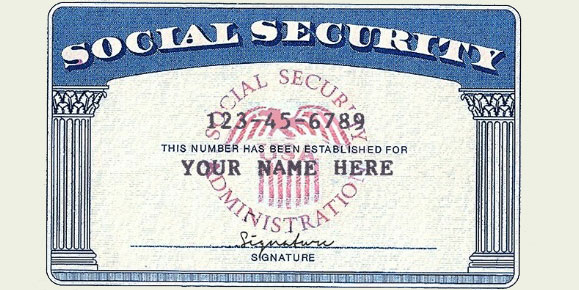Introduction
What is insurance underwriting? Underwriting is the method that insurers employ to assess the risk of insuring small businesses. It incorporates the insurance company identifying if your business is at risk and acceptable risk and, should it be, determining the appropriate price for the coverage.
Underwriting For All Forms of Insurance?
Underwriting insurance is the foundation of every type of insurance policy. In essence, insurance is the transfer of risk to an insurance company, which is charged a cost to offer financial aid in a loss. But, before an insurance plan is offered, an insurer must know the nature and scope of the stake they're taking, which calls for underwriting.
Underwriting Process Working
In insurance, underwriting involves analyzing the factors that influence the risk profile of a prospective customer. The exact factors are dependent on the kind of insurance you're looking for. When an underwriter recognizes these elements, they will examine whether or not your business has certain risk factors that could affect your suitability to purchase the particular type of insurance. It is important to note that underwriters evaluate a variety of information about their customers to determine whether they are a good fit to do firms with and at what price. If the result of the study is not favorable or unfavorable, the underwriter might suggest alternatives to take a potential risk "off the table." For instance, the underwriter may recommend amending the policy through endorsements to stop you from submitting certain types of claims. Even though this renders the insurance less valuable, it could be a better choice than going without insurance.
Insurance Underwriting Work

Insurance professionals are trained underwriters to be aware of risks and know how to reduce them. They are experts in risk assessment. They use their expertise and knowledge to determine if they'll be able to ensure someone or something and at what price. An underwriter examines every detail your agent gives them. They then decide if the firm is willing to take a risk on your behalf. It also involves:
- Examining the information to determine the potential risk
- It determines the type of coverage a policy provides, the kind of perils that the insurance firm is willing to cover, and under what situations.
- It is perhaps changing coverage via endorsement.
- Searching for solutions to lower the stakes of the future asserts
- You may want to talk with your broker or agent to determine ways to protect yourself so that you are covered in the event of problems.
Assessing the Situation
An underwriter could be involved in instances where an additional assessment is required, like when an insured has filed numerous claims, when new plans are provided, or a payment issue. Consider, for instance, that an insured named Alex has filed three glass assert on his vehicle insurance policy within five years. However, he is impeccable driving history. The insurance firm is keen to continue covering him and wants to extend the period to years. Alex is only paying $600 annually for glass insurance. The deductible is just $200.
The underwriter examines the document and then decides to give new terms to Alex when he renews his policy. The business agrees to give Alex complete coverage. However, it will raise his co-payment to $1000. The underwriter offers a different alternative: they will restore the plan, but it will only provide limited glass coverage. This is the way for the underwriter to limit risk while giving Alex other insurance Alex requires, including collision and liability insurance.
The Historical Background of the Underwriter
The term "underwriter" goes as far back as the seventeenth century in London. London was a trading hub across the world, which resulted in the demand for cargo and ship insurance. Edward Lloyd's cafe was the most popular spot to purchase this type of insurance. Each person would take on the risk of a voyage on the sea and sign their names under the risk amount they would accept. Underwriting was the process that led to what we call the Lloyd's we are aware of today.
Conclusion
The process of underwriting, whether it's for an insurance plan or a loan, assesses the risk of a contract or deal. In the case of an insurance company underwriter, the underwriter must evaluate the likelihood of risk associated with the proposed deal. The policyholder claim must be paid prior to the policy becoming profitable. For lenders, the danger is insolvency or non-payment. Equally, securities underwriting conducted by investment banks analyzes new bonds and shares to identify their risk-adapted value. Thanks to the advancement of technology that allows for information and the process of underwriting for lenders and insurers, it has been reduced from months or weeks to days or hours in certain cases.




